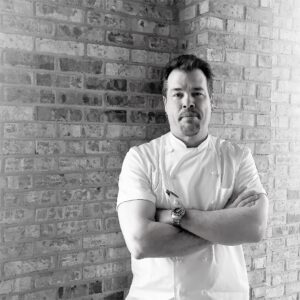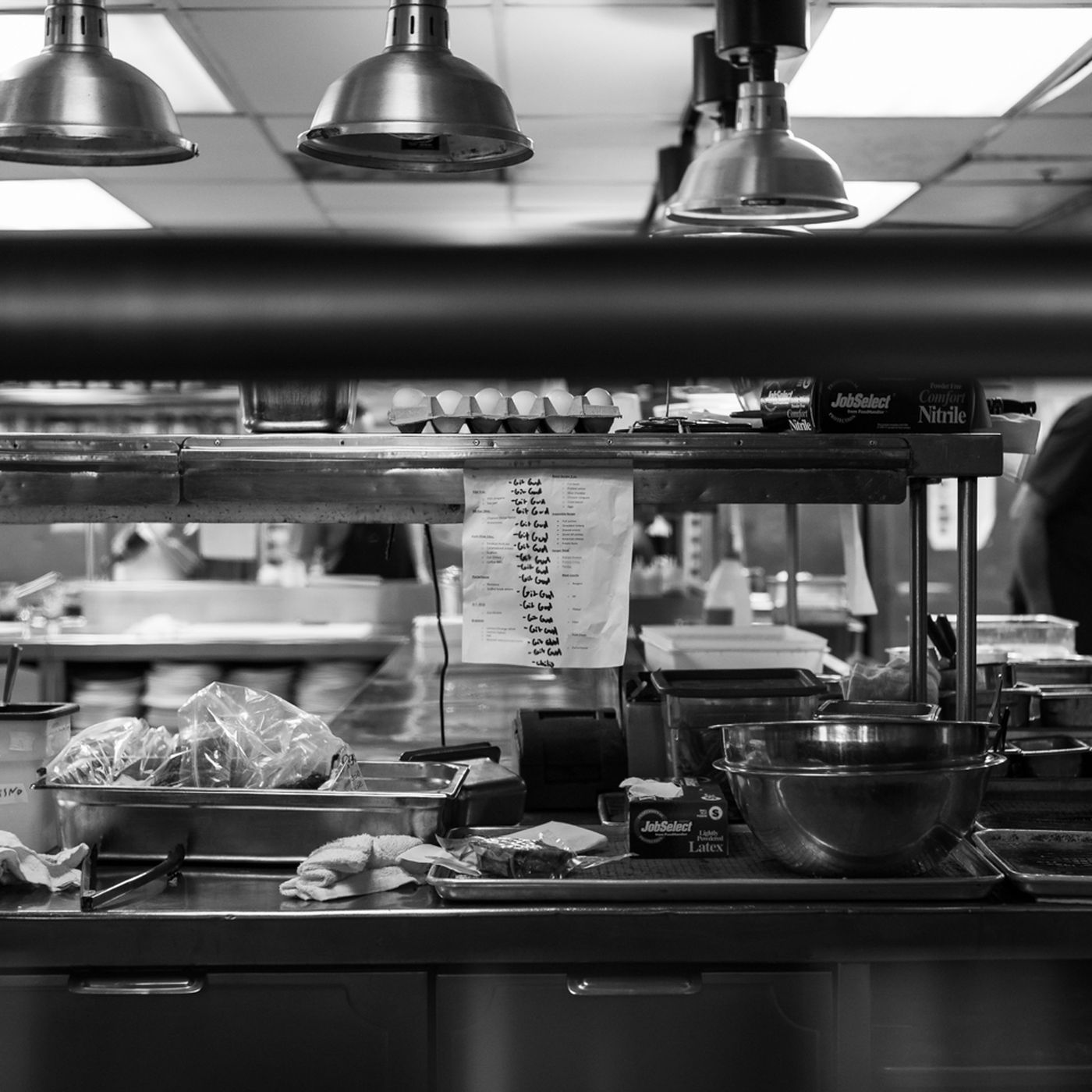In this post, we’ll explore the process of creating and refining recipes, including the importance of balancing flavors, selecting ingredients, and testing and tweaking.
In the world of culinary arts, creating a delicious dish is like composing a masterpiece. Using recipes as blueprints, chefs create symphonies of flavors, textures, and aromas. Creating a recipe requires a delicate balance of intuition, creativity, and precision methodology-the fusion of artistry and science that elevates mere ingredients into a culinary masterpiece. Let’s examine the crucial elements that contribute to the mastery of recipe development.
The Foundation: Balance of Flavors
At the heart of recipe development lies the harmonious interplay of flavors—a delicate dance between sweet, sour, salty, bitter, and umami. To achieve the perfect balance, you must understand how ingredients interact with one another.
1. Identifying Flavor Profiles: Chefs embark on a sensory journey to discover how ingredients complement or contrast each other. For instance, the sweetness of caramelized onions might counteract the acidity of tomatoes in a pasta sauce, creating a nuanced and balanced flavor profile.
2. Layering Flavors: Building depth within a dish involves layering flavors at various stages of cooking. Infusing herbs and spices at the right moment, incorporating umami-rich elements like mushrooms or soy sauce, and balancing acidic notes with a hint of sweetness can transform an ordinary recipe into a culinary marvel.
3. Experimentation: Chefs often experiment fearlessly, blending unexpected ingredients or trying unconventional cooking techniques to push the boundaries of flavor. This process of exploration and discovery is integral to evolving culinary artistry.
Ingredient Selection: The Palette of Possibilities
The selection of ingredients forms the canvas upon which a chef paints their culinary vision. Each ingredient brings its unique characteristics, contributing to the overall sensory experience of the dish.
1. Quality Matters: Using fresh, high-quality ingredients is non-negotiable. The flavor, texture, and aroma of the final dish are heavily influenced by the quality of the ingredients used.
2. Seasonality and Locality: Embracing seasonal produce not only ensures freshness but also celebrates the natural flavors of each ingredient. Additionally, sourcing local ingredients supports sustainability and can add a unique regional touch to the recipe.
3. Creativity in Pairing: Pairing ingredients creatively can result in unexpected yet delightful combinations. Combining contrasting textures or balancing bold flavors can create an unforgettable dining experience.
Importance of Testing and Tweaking: The Science Behind the Craft
Scientific principles underlie the artistry of recipe development. It is imperative that you test and tweak recipes in order to ensure that you produce a dish that is truly exceptional.
1. Precision in Measurements: Accurate measurement of ingredients is crucial for consistency. Even minor deviations can significantly impact the final outcome.
2. Methodical Approach: Following a systematic approach to testing involves documenting each iteration, noting adjustments made, and analyzing the impact on taste, texture, and presentation.
3. Feedback and Iteration: Seeking feedback from peers or taste testers provides valuable insights. Iterating based on constructive criticism leads to refinement and enhancement of the recipe.
In conclusion
Culinary craftsmanship is embodied in the art and science of recipe development. There is more to a recipe than ingredients and instructions; it embodies the chef’s creativity, expertise, and passion. Through a thoughtful balance of flavors, meticulous ingredient selection, and relentless testing and refinement, chefs breathe life into their culinary creations, leaving an indelible mark on the palate of those who savor their dishes.




